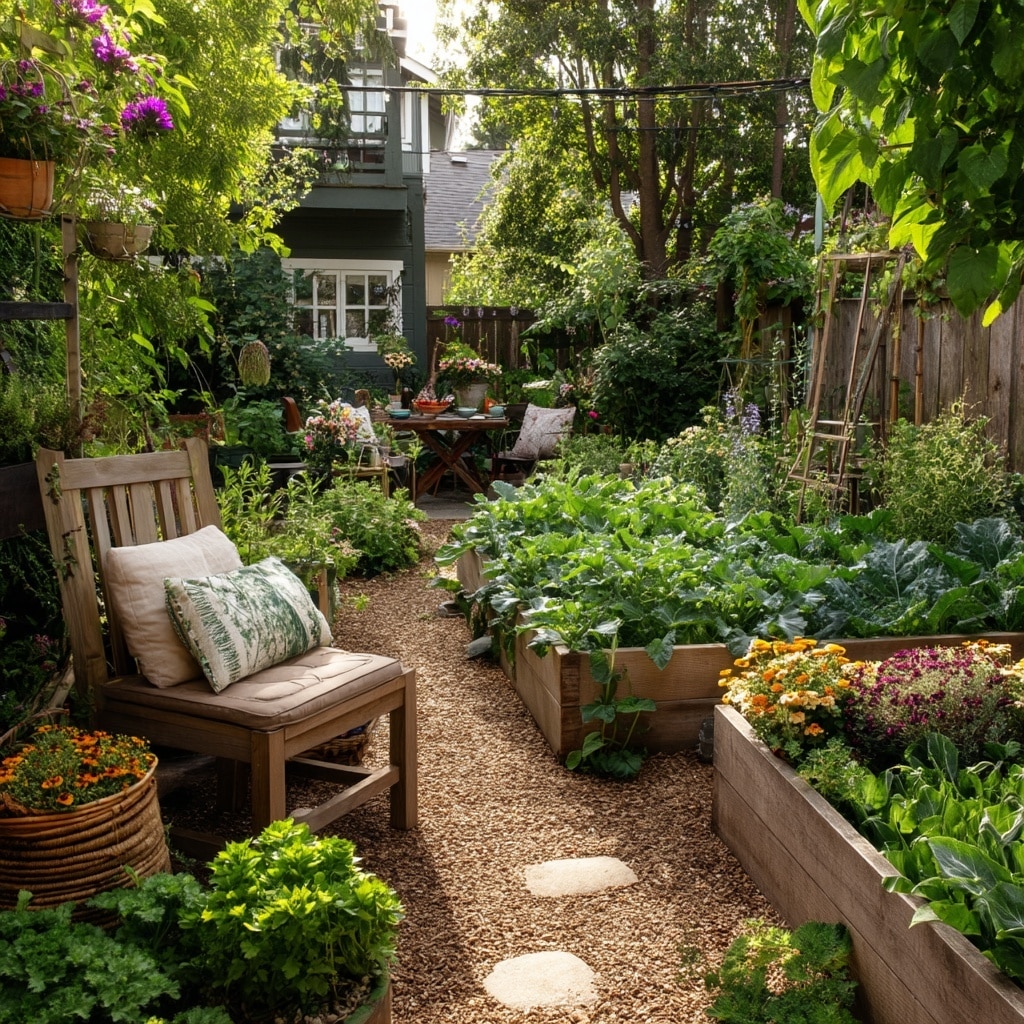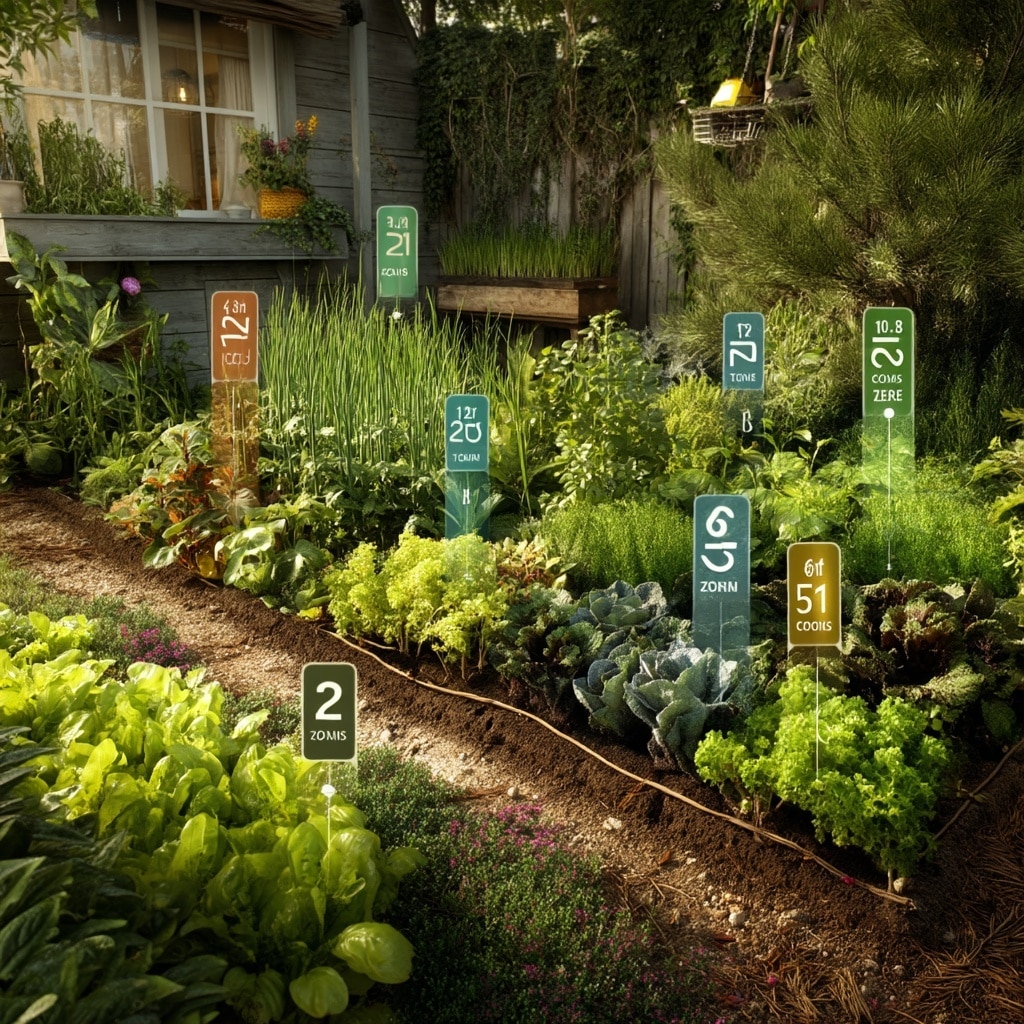Grow a garden that reflects your space, your goals, and your joy—it doesn’t have to be complicated or perfect by anyone else’s standards. The perfect garden isn’t defined by size or plant type; it’s the one that works best for you, whether it’s filled with tomatoes, wildflowers, or a little of both. With just a few key practices, you can make sure your effort turns into a thriving, beautiful space that keeps getting better year after year. These five essential tips will help you grow a garden that’s not only successful but deeply satisfying.
Table of Contents
Tip 1: Understand Your Growing Zone
Before you grow a garden, it’s critical to know your local USDA Plant Hardiness Zone. This zone tells you the average minimum winter temperatures in your area, which directly affects what plants can survive year-round.
Planting outside your zone often leads to frustration, especially if tender plants can’t withstand winter freezes or extreme heat. Fortunately, you can easily find your zone using the USDA Hardiness Zone Map. Once you know your zone, you’ll be able to choose plants that are most likely to thrive where you live.
Whether you’re in Zone 3 or Zone 9, matching plants to your climate is the foundation for long-term success when you grow a garden.
Tip 2: Start with Healthy Soil
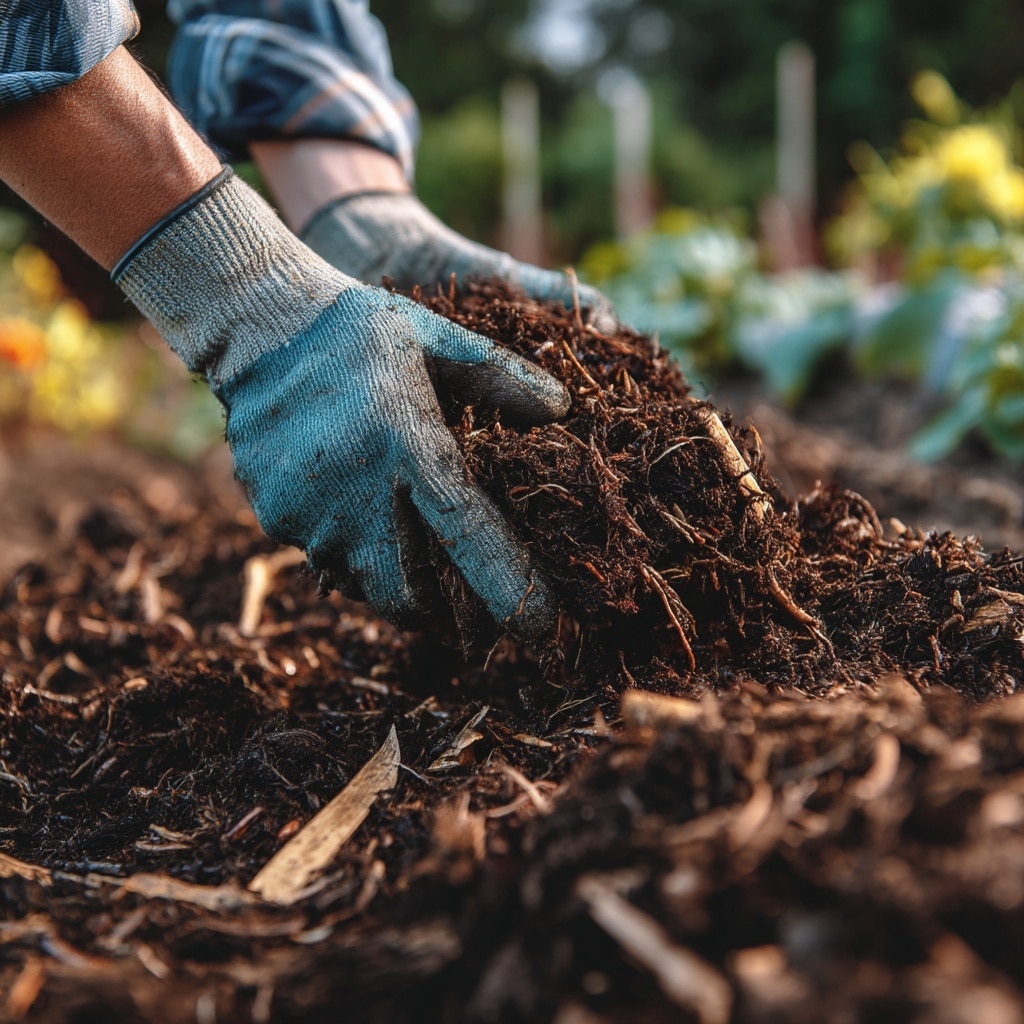
To successfully grow a garden, what happens below the surface is just as important as what grows above it. Healthy, nutrient-rich soil is the foundation for strong roots, vigorous growth, and consistent harvests or blooms.
Start by enriching your soil with organic compost, aged manure, or shredded leaves. These materials improve structure, boost microbial life, and provide a slow release of nutrients. If you’re planting vegetables, layer compost in late fall and work it in before spring planting. In flower beds, a 1–2 inch top layer of compost helps nourish shrubs and perennials.
If compost isn’t available, opt for fertilizers that lean organic. Your soil feeds your plants—so feed your soil first if you want to grow a garden that thrives.
Tip 3: Pay Attention to Light
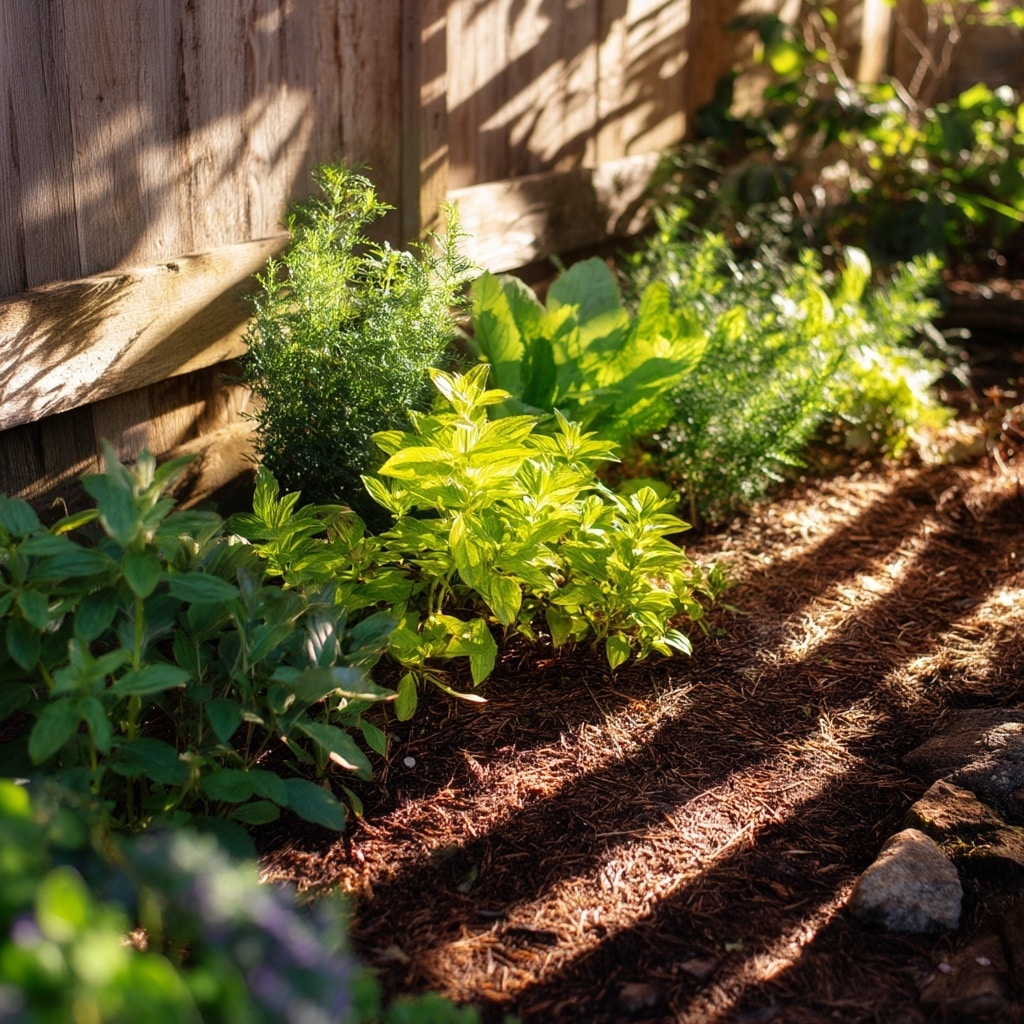
One of the easiest mistakes when trying to grow a garden is underestimating how much sunlight your space really gets. Some plants, like tomatoes or zinnias, crave full sun—at least six hours a day. Others, like ferns or impatiens, prefer the gentler conditions of dappled shade.
Before planting, take a day to observe how the sun moves across your yard. Morning sun and afternoon shade work well for many plants, but every garden spot is different. Avoid placing sun-loving plants under large trees or up against shady walls.
The rule of “right plant, right place” is simple but powerful. Understanding how light shifts through your space helps you grow a garden where plants don’t just survive—they flourish.
Tip 4: Choose Plants Wisely
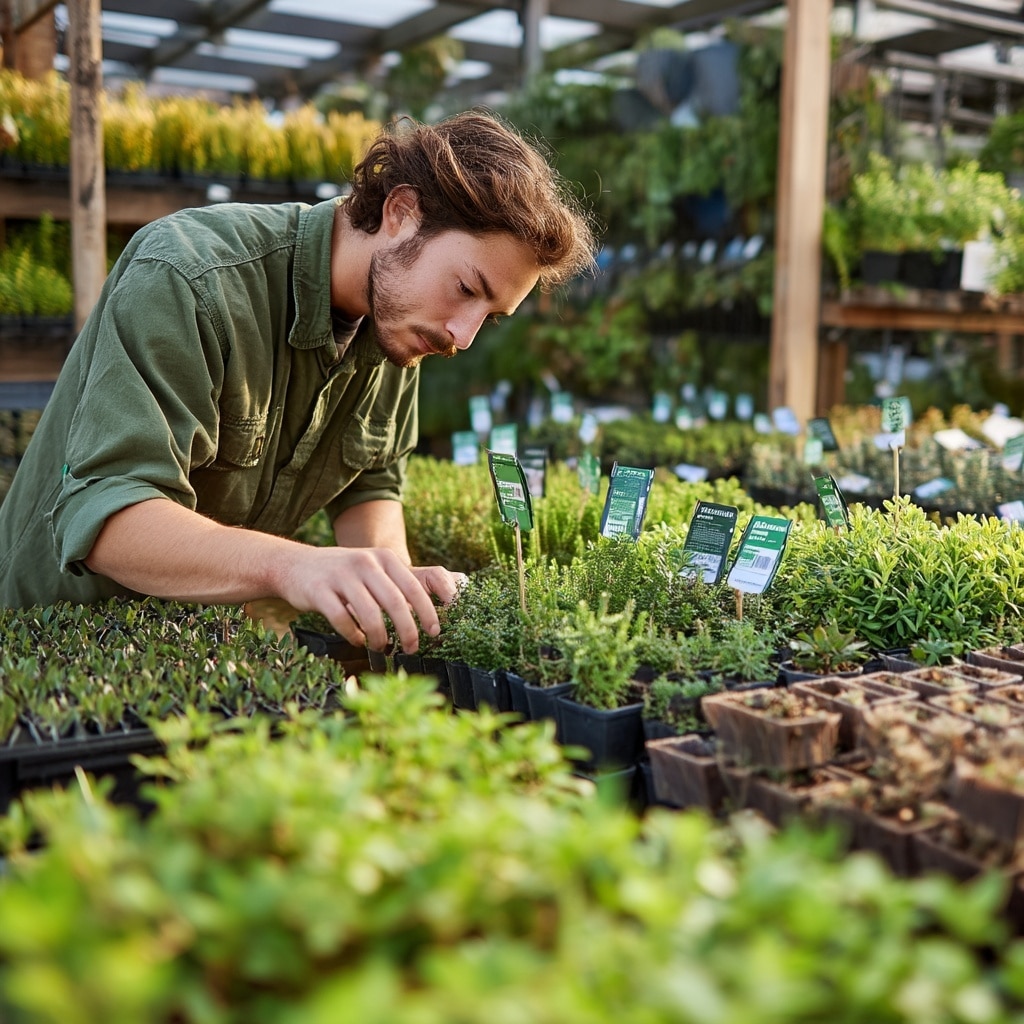
To grow a garden that truly thrives, it’s important to be thoughtful—not impulsive—when selecting plants. That tiny one-gallon shrub might look manageable today, but if it matures to five feet wide and you’ve only left it two feet of space, it’s going to cause problems down the road.
Always read plant labels or seed packets before buying. Pay attention to:
- Mature size (height and width)
- Sun and soil requirements
- Watering needs
- USDA zone compatibility
Before heading to the nursery, have a rough idea of where each plant will go. Make sure there’s enough space, light, and airflow to support healthy growth. And keep plant tags or create a garden journal to track what you’ve planted, when, and how each performs. Smart plant choices make it easier to grow a garden that looks good and lasts.
Tip 5: Know What You Want from Your Garden
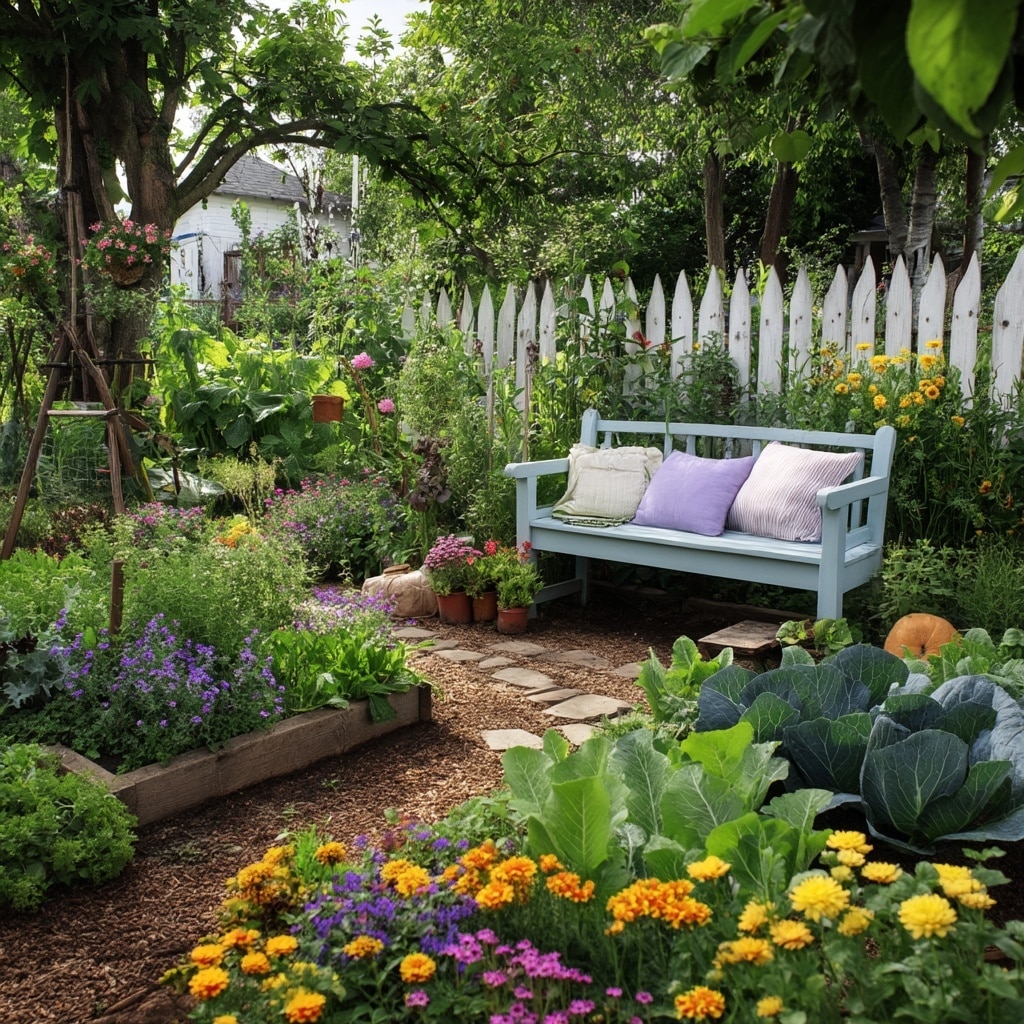
When you grow a garden, your goals matter just as much as your soil and sunlight. Are you after fresh vegetables, colorful blooms, or a peaceful retreat? Maybe you want a little of everything. Understanding what you want helps guide decisions and keeps your efforts focused.
Gardening is rarely perfect—it’s a mix of trial, error, and small wins. Some seasons will flourish, others may fall short. That’s okay. The more time you spend in your garden, the more you’ll learn what works for your space, your lifestyle, and your vision.
Most importantly, let your garden reflect who you are. When you grow a garden that suits your preferences—not someone else’s—you’ll enjoy it more, and it’ll reward you with beauty and satisfaction season after season.
Conclusion
To grow a garden that truly thrives, it takes more than just planting and watering. It starts with understanding your climate, building healthy soil, observing sunlight, choosing plants that fit your space, and most of all—knowing what you want your garden to be. With these five simple tips, you’re well on your way to growing a garden that reflects your time, care, and creativity.

